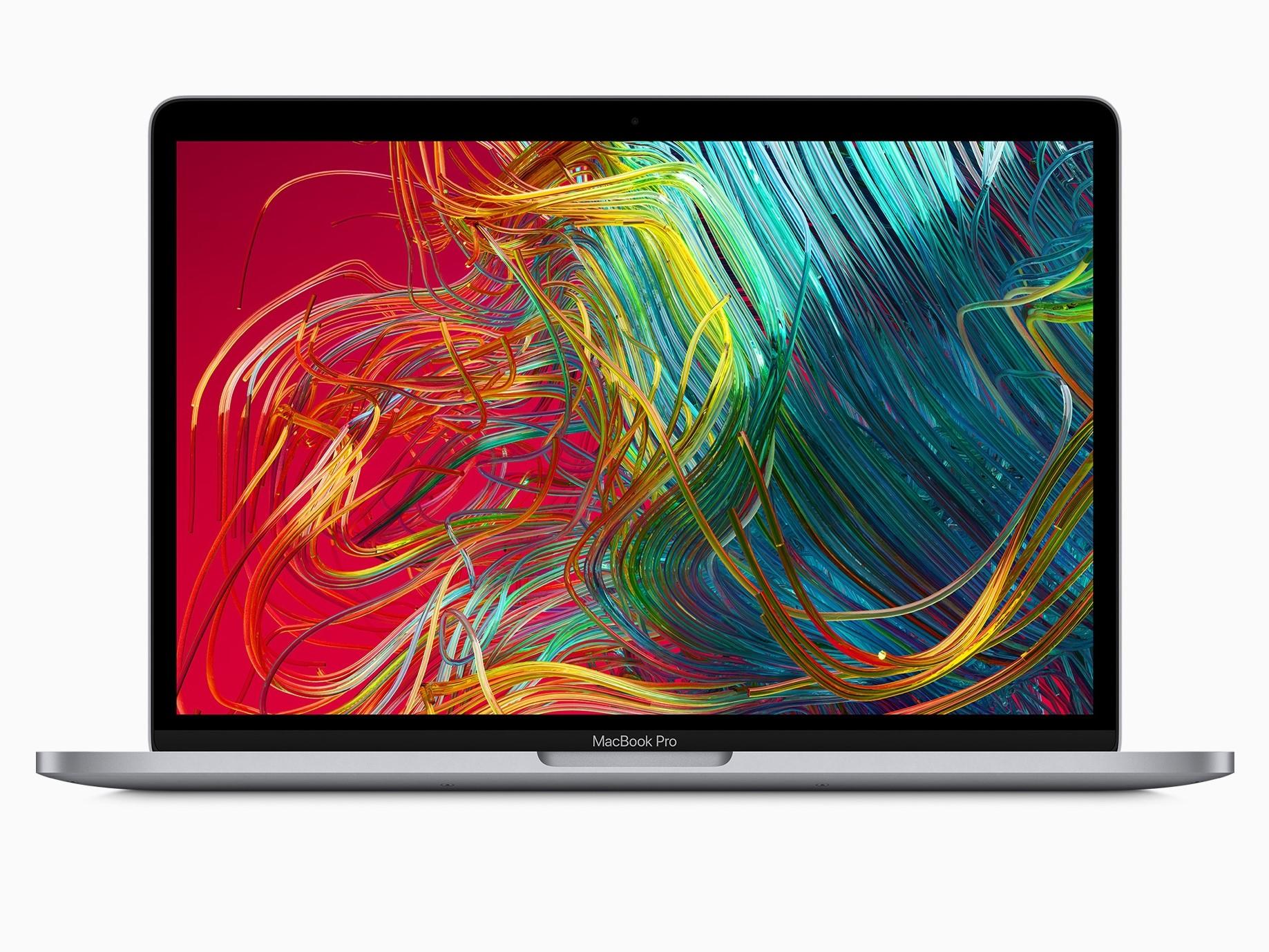The Independent's journalism is supported by our readers. When you purchase through links on our site, we may earn commission.
Apple reveals why your Macbook says it's not charging even when it is
The feature is designed to save battery life

Apple has revealed why Macs are alerting users that they are “not charging” even though the charger is connected to the computer.
A new support document explains that Mac computers “might temporarily pause charging to help calibrate battery health management”.
Machines running macOS 10.15.5 or later and uses the Thunderbolt 3 ports to charge have this “Battery health management” feature built in, to reduce the rate at which the battery chemically ages.
Lithium-ion batteries chemically age through the chemical reaction between the negative electrode and electrolyte. Practically, this means users will need to charge their battery more often, as well as the battery's maximum capacity diminishing.
In addition to this, Apple explains, its devices need to draw upon "instantaneous power from the battery", and its effectiveness to provide this can be affected by chemical ageing.
“When battery health management is turned on, you might occasionally see ‘Not Charging’ in the battery status menu of your Mac, and your battery's maximum charge level might be lowered temporarily”, Apple says.
“This is normal, and it's how battery health management optimises charging. Your Mac resumes charging to 100 percent depending on your usage.”
Apple says that other reasons your Mac may not be charging is that you might not be using the right power adapter and cable, or that the power source is not delivering enough power.
The Cupertino company had already introduced features in May 2020 to change the way that computers charge, by monitoring how the device powers up and pausing it from charging fully.
By doing so, this reduces strain on the battery by overloading it with power, although it may leave Macs with less charge than users might expect. That tool, which is also available on iPhones and iPads, can be disabled.
Apple’s battery management has caused controversy in the past; the company had to pay out $500 million to US users for throttling iPhone performance in order to protect battery life.
Subscribe to Independent Premium to bookmark this article
Want to bookmark your favourite articles and stories to read or reference later? Start your Independent Premium subscription today.

Join our commenting forum
Join thought-provoking conversations, follow other Independent readers and see their replies